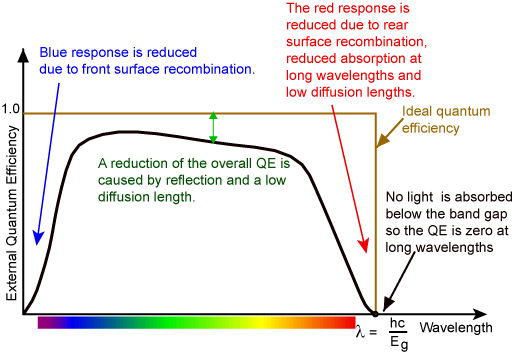

Process workflows are visualization of individual steps within a process (also called process mapping) by workflow management software applications. Furthermore, the root-cause analyses saved them over 1M euros in the production lines.
The toasts coming in different shapes and sizesīy using automated process diagnostics software, they were able to gain new insights into 138 processes. More process mining vendors integrate automated root-cause analysis into their platform as a diagnostics capability.Ī bread company 3, for instance, saw production losses for various reasons, including: Process diagnostics, as the name suggests, provides a diagnosis for the remediation of a process.Ī useful application of process diagnostics is automated root-cause analysis: whenever there’s a deviation from the norm, the software can list the reasons why that happened. Process diagnostics is a methodology that exposes bottlenecks in processes in a short time span by leveraging event logs. 2 Generating digital twins for portfolios is still a common practice on Wall Street.Įxplore more on Digital twin applications and DTO use cases in-detail. DTOs also enables managers and analysts to run fictitious simulations on the models to examine potential real-world effects.įor example, Lehman Brothers generated and ran hypothetical, worst-case scenarios to stress test the resilience of their investment portfolios in order to get a sense of how exposed they are to market risks. Business executives can then get a complete picture of how their operations are running. Likewise, DTOs can create digital representations of firms, complete with personnel activities and procedures. Figuring out why an area has more traffic than the other, and more.įigure 2: Google Maps creates an easy-to-navigate representation of the actual world. Increasing public transportation services in areas that have high traffic density,. It shows you the locations, the distance between two points, traffic density, and other points of interest related to cartography.Ī use case of DTO is traffic management: The relevant ministries could leverage data from Google Maps to lower traffic flow by: Google Maps, for instance, is a DT of the actual world (see Figure 2). A specific use case of digital twins is replicating an organization’s workflows, through digital twins of an organization.Ī DTO gives insight into the following factors: Digital twins & Digital twins of an organization (DTO)ĭigital twins are virtual replicas of processes, products, or services. Reducing association costs by ~$50,000.Įxplore more on process mining benefits, use cases, case studies & stats. Automating 75% of delivery activities, thus reducing order reworking,. 
Reducing lead times on line creation by 3 days (~$50,000 in savings),.1 With process mining, the firm was able to identify new automation opportunities, such as: The benefit of process mining is that it provides analysts with actionable insight to optimize processes and increase operational efficiency.Ī manufacturer deployed process mining into their procure-to-pay (P2P) operations to discover and optimize the sub-processes. Process mining is a tool that leverages event log data to provide a comprehensive “as-is” look into your processes. Once you know what isn’t working, you can then take concrete measures to eliminate waste and increase your operational efficiency ratio. These tools are useful because they give an “as-is” picture of processes. In this article, we will look at 10 tools to improve operational efficiency within organizations. These negatives compel business leaders to look for ways to improve operational efficiency of their companies. Reduced customer satisfaction: Delays, mistakes, and other problems caused by inefficient processes can hurt customer satisfaction and lead to lost business and money.

Poor quality: Inefficient processes can result in mistakes, errors, and rework, which can decrease the quality of the company’s products or services and damage its reputation.Increased expenses: Inefficiencies raise costs because of subpar resource utilization and the consequent extra labor needed to finish the tasks.This can translate to missed deadlines and lost opportunities. Wasted time: When business processes are inefficient, it takes longer to complete tasks, causing time wastage and lowering productivity.That is because operational and process inefficiency can lead to: The interest in operational efficiency has steadily been rising (Figure 1). Figure 1: A steady interest rise in “operational efficiency.” Source: Google Trends






 0 kommentar(er)
0 kommentar(er)
